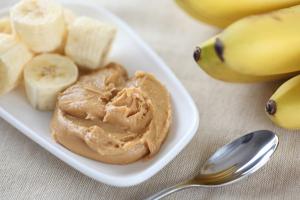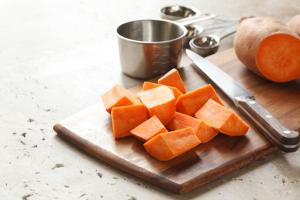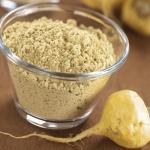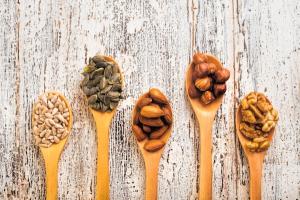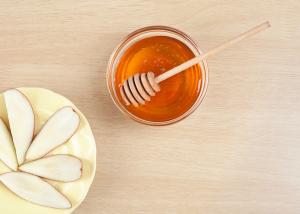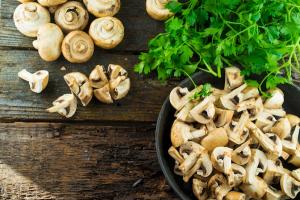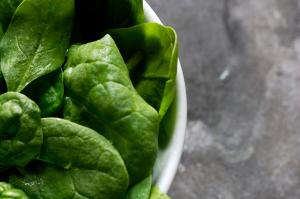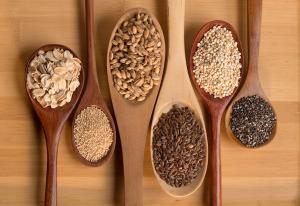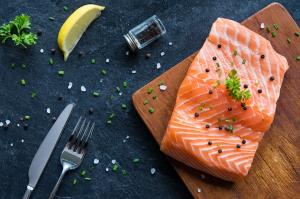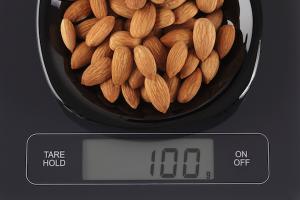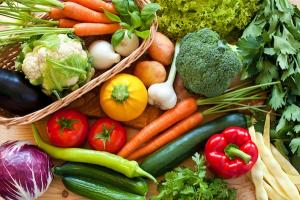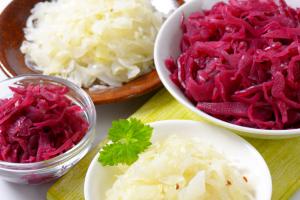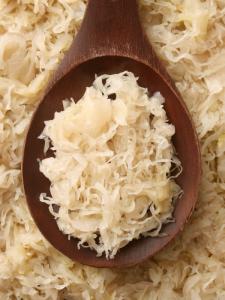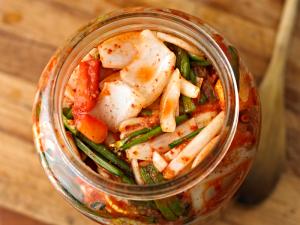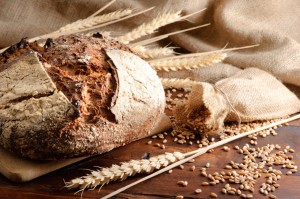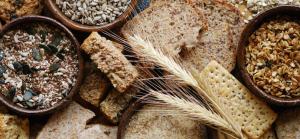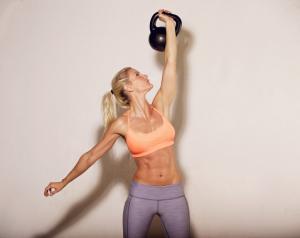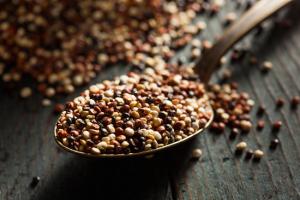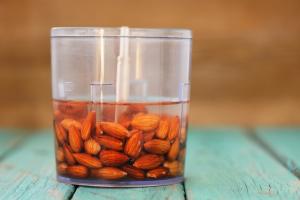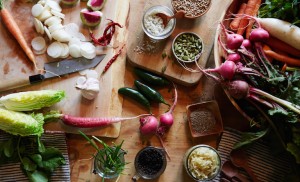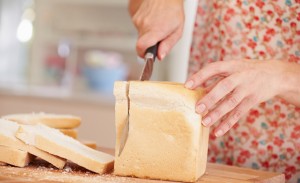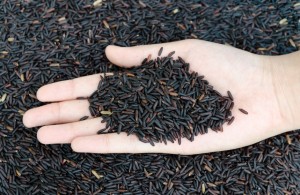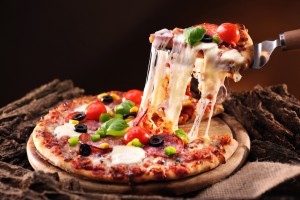Feeling zapped of energy? Healthista nutrition blogger and author of The Anti Ageing Food & Fitness Plan Rick Hay reveals his top 8 high energy foods that will give your body a boost
If you are in need of a quick burst of natural energy, try some of my favourite nutritional powerhouses, packed full of vitamins and minerals to help the body with energy production and help you get through that common mid morning or mid afternoon slump. Many of them also help with brain energy â€" something we could all do with every now and then.
1. Banana and Almond Butter
Banana with almond butter is one of my favourites â€" this delicious complex carb and protein option combines the energy giving fruit sugars, magnesium, and the amino acids of the banana, together with the B vitamins and protein in the almond butter, supply a steady supply of energy. The high potassium, tryptophan and B vit combo in this duo also helps with mood, and a better mood may well lead to better outcomes when exercising â€" and may well help you to start moving in the first place. In a 2012 study by Appalachian State University, researchers concluded that bananas were as beneficial as sports drinks in terms of providing energy â€" and they’re all natural.
2. Sweet Potato
Complex carbohydrates like this release glucose into your system more gradually than refined carbs (such as sugars and white gain products such as bread and rice) which leads to a steady supply of energy. As sweet potatoes are high in fibre they not only boost your energy, but can assist with weight loss too as they keep you feeling fuller for longer.  Sweet potatoes are amongst the best complex carbs you can eat â€" they are rich in vitamin C, beta carotene, magnesium and iron â€" all of which are essential energy nutrients. The high potassium content helps to balance electrolytes whilst exercising, and lowers blood pressure too.
3. Maca
Maca, a root that belongs to the radish family, is most commonly available in powder form. Grown in the mountains of Peru, it has been named ‘Peruvian ginseng.’ Maca’s benefits have been long valued, and has recently risen in popularity as a supplement and food ingredient.
Add a teaspoon nutrient dense maca to smoothies or juices to provide your body with an array of phytonutrients that fuel energy production. It does not stress out the adrenal glands (these produce stress hormones cortisol and adrenalin) the way that coffee can but rather provides good levels of vitamin C, iron and magnesium that all support cellular energy production.
It’s rich in many other vitamins, minerals and enzymes, and it may just be the energy ( and libido! ) turbo charger that you’re missing.
As this superfood is gaining in popularity we should see more global trials soon â€" there are already encouraging results coming out of it’s native Peru.
My new formula Go Boost available from wgofiga.co.uk contains maca together with banana, boabab, lucuma, acia and goji berries to help give you that extra zing.
4. Nuts
The combination of good fats, fibre and protein in nuts means as they are a low-glyycaemic index or GI. This means they’re a slow-burn food, so they will deliver steady energy not just a quick burst. Nuts provide a wide range of B-group vitamins to get you buzzing, and they are also rich in iron, zinc, potassium and energy boosting magnesium. They help keep the immune system strong too as they’re rich in key antioxidant minerals, including selenium, manganese, and copper. I recommend nuts both pre- and post workout and amongst the most nutritious are walnuts, Brazil nuts and almonds.
5. Organic eggs
Eggs are another protein powerhouse â€" think organic or free range. They are a complete protein, and they contain all the essential amino acids needed for healthy body function and energy production.
The thiamine in eggs helps to turn carbohydrates into energy that our body can use whilst the vitamin B5 helps the body release energy from our food for our body to use.
Researchers reviewing 25 studies on protein suggest that the protein in eggs makes a valuable contribution to muscle strength, helps to satisfy hunger and provides a source of sustained energy. The researchers suggest that because eggs are rich in leucine, an essential amino acid that plays an important role in how muscles use glucose, they may be a valuable food for men and women undergoing endurance training.
6. Honey
Honey was apparently used by runners in the Olympic Games in ancient Greece as a natural energy source. It is rich in carbohydrates and these carbs are the primary fuel that the body uses for energy. They also help to maintain glycogen levels which helps to prevent muscle fatigue.
The glucose in honey is absorbed by the body quickly, and it gives an immediate energy boost while the fructose is absorbed more slowly, providing sustained energy.
Have a teaspoon of honey in a cup of herbal tea mid morning or mid afternoon for a quick energy booster that tastes great.
7. Mushrooms
Mushrooms are rich in iron which helps to fight fatigue and lethargy â€" they assist the production and movement of oxygen throughout the body.  Include them in salads or soups to increase your energy nutrient intake â€" you’ll increase your vitamin D and B12 levels which in turn will fuel your cellular energy production. They also protect your mitochondria, which is good news as this is where your cells produce energy.
6. Spinach
Spinach is extremely high in iron, magnesium and potassium. The high levels of magnesium play a vital role in producing energy at a cellular level.
Magnesium not only helps to boost cellular energy production, it also has relaxation properties so may well assist with sleep length and quality, which in turn will lead to more energy throughout the day.
It can even help relieve tight muscles, restless legs, and eye twitches. I think English spinach is a true superfood â€" just because it’s local don’t overlook it.
7. Seeds â€" Sunflower, Pumpkin and Chia
Sunflower, pumpkin and chia seeds are some of the best snacks for energy. They are full of minerals, fibre, and essential acids to assist with energy and endurance.
These super seeds contain high levels of protein too, which helps to release energy overtime rather than all in one spike.
Chia seeds have a long history of being used for energy production. If we go as far back to the Aztecs, we find that they used them to help with stamina and vitality. Runners and warriors are said to have used them as fuel for long distance running, and as fuel during battle. In the Mayan language chia means ‘strength’. Try adding a teaspoon of chia seeds to the water you take to the gym to help with sustained energy production while you exercise (soaking activates the chia seeds and makes their nutrients more available to the body).
8. Salmon
The Omega 3 and B vitamins in salmon help to produce energy, and help with brain function. So if you’re feeling a little foggy, then a salmon dish could help to get you moving and improve cognitive function and mood at the same time.
Sometimes it’s not just about the production of energy, it’s about being in the right mood to move, and I believe that salmon consumption can help with just that. It’s also anti inflammatory, so it can be of use after you’ve worked out too.  Combine salmon with brown rice and spinach and you are on the right track for an energy boost a few hours later (or the next morning if you’re having it at dinner).
More blogs from Rick Hay
Rick Hay is an Anti Ageing and Fitness Nutritionist with many years clinical experience in nutrition, naturopathy, botanical medicine and iridology. He specializes in obesity treatment and weight management. He writes a regular Natural Health and Fitness Blog for Healthista. Find out more at rickhay.co.uk.
Follow Rick on twitter:Â @nutritionalphys
